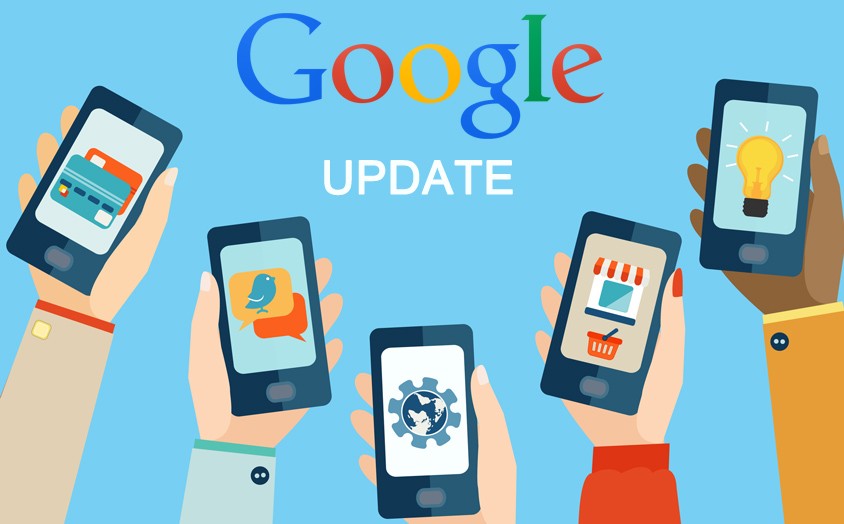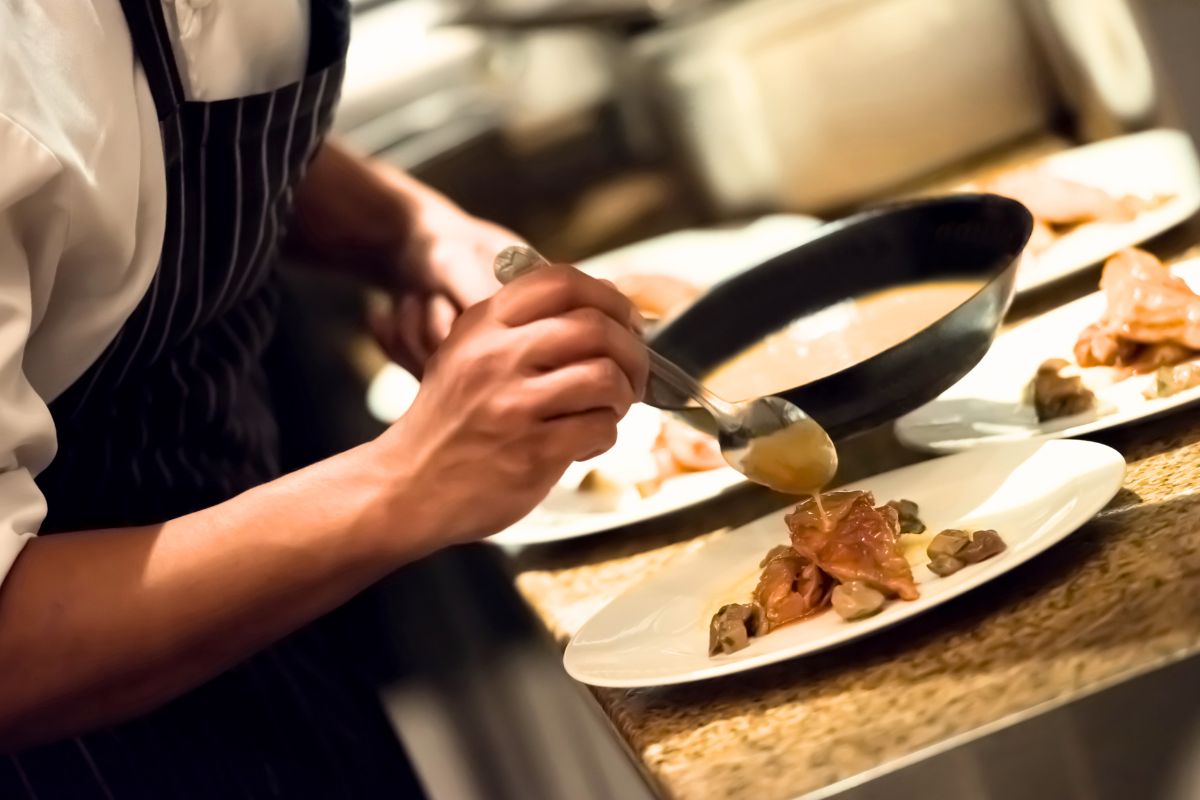In Malaysia, the F&B industry is more competitive than ever, and serving great food alone won’t guarantee success. To stay ahead, restaurants and cafés need to make informed, data-driven decisions that influence every aspect of their business – from menu design to customer interactions.
That’s why in this blog, we’ll explore five ways analytics can help you make smarter decisions and boost your restaurant’s performance and profitability.
1. Optimise Menu Design with Data
If you’re only using your menu to list the items you sell, then you’re missing out on a powerful tool to increase your revenue.
With F&B analytics, you gain the ability to evaluate what’s working and what’s not. By examining your POS data, you can see exactly which dishes are popular and which are being overlooked. This insight allows you to make informed decisions that keep your menu fresh, relevant, and profitable.
Take the example of Yummy Puffs/Yummy Nasi Lemak House in Johor Bahru. They had a dish on their menu – Ayam Berempah – that should have been a hit, given its popularity as a traditional Malaysian favourite. However, despite its potential, it wasn’t selling as well as expected. The dish was perfectly delicious, but customers weren’t gravitating toward it as much as they thought they would.
They tried everything to boost sales: promotions, offers, and discounts, but nothing seemed to work. That’s when they decided to take a closer look at the sales data. Upon analysing the numbers, they made one simple change: labeling the Ayam Berampah as a “bestseller” on the menu.
The impact was immediate.
As soon as the dish was highlighted as a must-try item, customers took notice. The FOMO (fear of missing out) effect kicked in, and the Ayam Berampah became one of the most popular items on the menu. Sales for the dish doubled, proving that positioning a dish as a “bestseller” can significantly drive demand.
This is the power of data-driven menu design. Whether it’s adjusting prices, promoting hidden gems, or removing underperforming dishes, analytics helps you fine-tune your offerings in a way that appeals to your customers and maximises profitability.
2. Speed Up Daily Operations and Avoid Costly Errors

In a fast-paced restaurant environment, even the smallest inefficiencies can have a big impact on your bottom line. Long wait times, slow service, and mistakes in orders can frustrate customers, cost you money, and harm your reputation. But with F&B analytics, you can identify and fix these problems quickly, improving your daily operations and reducing costly errors.
Take the example of a restaurant experiencing long wait times during peak hours. By analysing the data from your POS system, you can pinpoint exactly where delays are happening. Are customers taking longer to order due to a complex or hard-to-navigate menu? Are there bottlenecks in the kitchen? Or is it simply a staffing issue?
For instance, if you find that customers are waiting too long to place their orders, introducing QR Order & Pay could be the solution. By allowing customers to order directly from their smartphones, you can cut down on wait times and increase table turnover, leading to faster service and improved customer satisfaction.
On top of that, F&B analytics lets you optimise your inventory management. By tracking your stock levels in real-time, you can avoid running out of essential ingredients during busy periods, ensuring your kitchen operates smoothly and preventing service delays.
3. Enhance Customer Experience and Loyalty
Building strong customer loyalty doesn’t have to be difficult – it’s actually all about leveraging the data you already have.
By using F&B analytics, you can gain insights into customer behaviour and use that information to enhance their experience and make them feel valued.
For example, if you notice that a regular customer always orders a specific dish, you can send them a personalised offer for that dish the next time they visit. Or, if you have a customer who frequently dines with you on weekends, a special “Weekend Offer” could be the perfect incentive to keep them coming back.
In addition, with customer birthdays, anniversaries, or other milestones, a thoughtful gesture like sending a personalised greeting along with a special discount offer can go a long way in building a deeper emotional connection.
Think of it like this: a customer walks into your café and the staff greets them with, “Happy Birthday! Here’s a special treat for you today.” Not only does this surprise and delight them, but it also makes them feel appreciated and more likely to return.
Personalised touches like these can be automated and are a great way to build customer loyalty, but it doesn’t have to be a time-consuming or expensive process.
With StoreHub Loyalty, creating and managing a tailored loyalty programme becomes easier than ever. The system integrates directly with your POS, meaning you can automatically track customer purchases and offer personalised rewards based on their preferences – all within one platform.
There’s no need to invest in additional systems or complex setups. You can also easily reward your loyal customers with discounts, loyalty points, or special promotions based on their purchasing history, making them feel valued without extra effort on your part.
This type of data-driven personalisation not only enhances your customer’s experience but also encourages repeat visits, making customer loyalty easier to maintain and grow.
4. Optimise Marketing Campaigns with Data-Driven Insights

Running effective marketing campaigns is essential for attracting new customers and retaining existing ones. But how do you know which campaigns are actually working?
F&B analytics provides valuable insights into customer engagement and sales performance. For instance, if you’re running a promotion for a popular dish, analytics can show how many customers redeem the offer, how much they spend, and what additional items they order. This helps you identify what’s working and where adjustments are needed.
Social media plays a big role too. Analytics can help you identify which dishes your customers are engaging with on platforms like Instagram, Facebook, or TikTok. For example, if a particular dish gets more likes, comments, and shares, you might want to feature that dish more prominently in future campaigns or offer it at a discounted price.
You can also leverage feedback from Google Reviews and other online platforms to guide your marketing. If customers consistently praise a specific dish or mention a certain experience they enjoyed, it’s a clear sign to spotlight those items in your next promotional campaign. Conversely, if you notice complaints or suggestions for improvement, you can use that data to tweak your offerings and improve customer satisfaction.
With F&B analytics, you can track which marketing strategies perform best across your campaigns, social media, and customer feedback channels. This enables you to optimise your efforts, improve ROI, and ultimately increase customer engagement and sales.
5. Forecast Sales and Demand to Make Smarter Business Decisions
Running a successful restaurant means understanding your customers’ needs before they even walk through the door.
By analysing historical sales data, you can predict peak periods. This foresight allows you to adjust staffing levels, ensure your inventory is stocked with the right ingredients, and even optimise your menu offerings based on customer demand during those busy times.
For instance, if a certain dish tends to sell better during the weekends or holidays, you can ensure it’s well-stocked or offer it as a special during those times to increase sales.
Predicting customer demand also helps in reducing waste. With accurate demand forecasting, you can optimise stock levels, ensuring that you’re neither overstocking nor understocking, which directly reduces food waste and prevents unnecessary costs. Furthermore, knowing when demand is high allows you to adjust your ordering patterns with suppliers to avoid running out of essential ingredients while maintaining healthy stock levels.
Beyond just food, this predictive approach extends to your staffing. By using data to forecast busier periods, you can better manage labour costs and schedule employees more efficiently so that there’s always enough staff to handle customer volume without the risk of under or over-staffing!
Having a solid grasp of what’s to come also empowers you to plan your promotional events more effectively. By anticipating high-demand periods, you can time your marketing campaigns, special offers, or discounts to maximise customer engagement and sales.
Final Thoughts

Adopting F&B analytics gives you a clear advantage in today’s fast-paced restaurant industry. By understanding your customers better and optimising key areas like menu design, staff performance, and marketing, you can increase customer satisfaction, reduce costs, and drive more sales.
With data, you’re able to stay ahead of trends while making smarter choices that benefit both your business and your customers.





Recent Comments